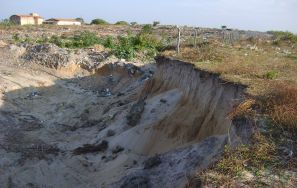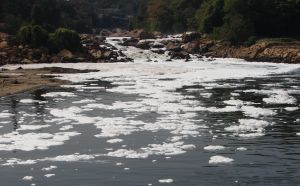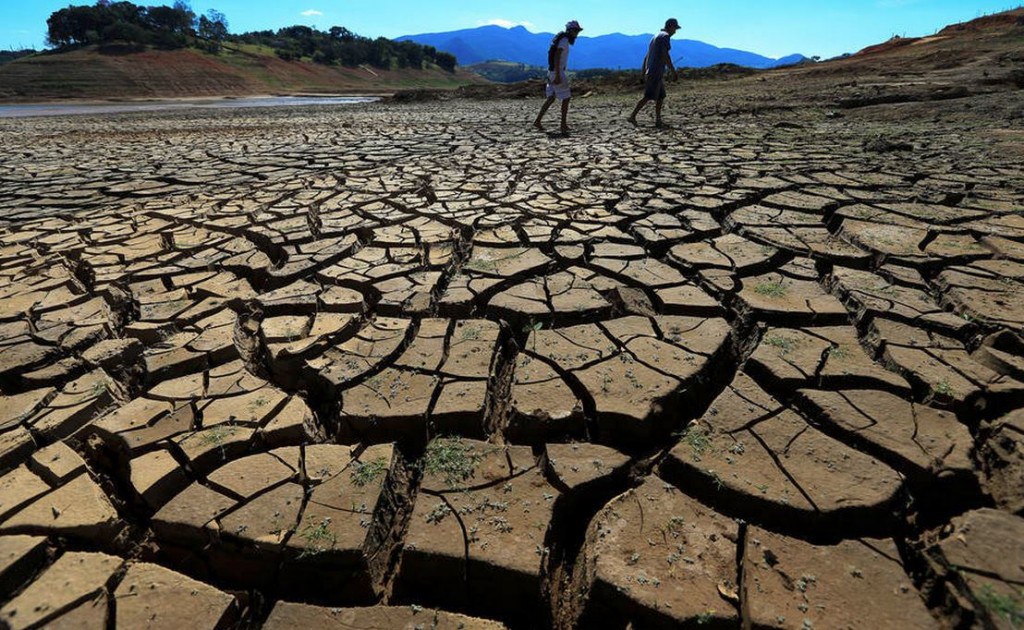Ecosystem Services Partnership (ESP)
The ESP network connects over 2600 people and 40 organisations from more than 85 countries.
The Ecosystem Services Partnership facilitates the creation of working groups to create a platform for Ecosystem Services science, policy and practical application.
CiVi.net
Foundation for Sustainable Development (FSD)
Esse projeto foca na capacidade de organizações da sociedade civil (OSCs) e de suas redes de relacionamento na gestão ambiental de base comunitária.
O projeto CiVi.net tem como objetivo analisar, transferir e difundir soluções de base comunitária que tenham tido sucesso e caráter sustentável, tendo como alvo a gestão de serviços ecossistêmicos da América Latina.
O principal foco está relacionado as estratégias institucionais em termos de regras originais e modelos de governança que auxiliam a prevenir e resolver tensões decorrentes do compartilhamento e uso de recursos naturais. O papel das organizações da sociedade civil (OSCs) dentro destes modelos de governança é, assim, o cerne da pesquisa.
Indicadores de Desenvolvimento Sustentável - Edição 2016
SIDRA
Os Indicadores de Desenvolvimento Sustentável (IDS) disponibilizados no SIDRA objetivam acompanhar a sustentabilidade do padrão de desenvolvimento do país. A apresentação dos indicadores segue o marco ordenador proposto em 2001 pela Comissão de Desenvolvimento Sustentável - CDS, das Nações Unidas, que os organiza em quatro dimensões: Ambiental, Social, Econômica e Institucional.
Protected areas and avoided deforestation: A statistical evalutaion
Kwaw S. Andam, Paul J. Ferraro, Alexander S.P. Pfaff, G. Arturo Sanchez-Azofeifa (Global Environment Facility 2007)
This report presents the findings from a research project funded by the Evaluation Office of the Global Environment Facility (GEF). Our objective was to develop a quasi-experimental methodology for evaluating the effectiveness of protected areas (e.g., national parks, reserves) in reducing deforestation, and to apply the methodology in a country that has received GEF funds.
Protected areas are an important component of the GEF's biodiversity portfolio and are central to the “avoided deforestation” debate in climate change policy. However, it is difficult to estimate the returns from investments in protected areas in terms of avoided deforestation. Measuring avoided deforestation from protective measures is difficult because avoided deforestation is a counterfactual event and thus cannot be observed directly. By ignoring the nonrandomized nature of protected area establishment and the spatial spillovers that can result from their establishment, past empirical estimates of avoided deforestation fail to properly estimate the counterfactual vegetation cover. We demonstrate how matching estimators can be used to estimate avoided deforestation in and around protected areas. These same methods can be used to evaluate the effects of protected areas on reforestation and on human welfare around protected areas, as well as the impacts of other land use policies such as payments for environmental services or road building prohibitions.
Testing methodologies for REDD+: Deforestation drivers, costs and reference levels etc
UK Department of Energy & Climate Change, 2013
The definition and setting of forest reference levels (RLs) is important in the design of REDD+1 under a future climate agreement. Two meanings and uses of RL may be distinguished: the RL used to measure the effect or impact of REDD+ policies, where RL refers to the Business-as-Usual (BAU) scenario; and the financial incentive benchmark (FIB) used for estimating results-based incentives, e.g. direct payment for emissions reductions.
In this study RL is reserved only for meaning and Financial Incentive Benchmark (FIB) for meaning. This work explores how historical deforestation rates, drivers and costs relate to both RLs and FIBs. Based on availability of relevant data and earlier research undertaken, four tropical countries that are part of CIFOR’s Global Comparative Study were selected for in-depth case studies because the data for this exercise were readily available, and because they represent countries with a wide range of national circumstances. The authors would welcome similar work on other countries. These countries are Cameroon, Vietnam, Indonesia and Brazil.
Valuation of ecosystem services for assessment of cost of deforestation, and analysis of its drivers with implications for sustainable forest management in Ghana
Lawrence Damnyag, 2012
The aim of this thesis was to estimate the cost of deforestation and to identify its drivers in the high forest zone of Ghana. The purpose was also to raise awareness about the severity of deforestation and to offer suggestions for its control with a view to contributing to climate change mitigation. To compute the cost of deforestation, the values of four ecosystems’ services were estimated, employing opportunity and replacement cost techniques. The costs of wildfires resulting from loss of food and tree crops of communities were also estimated and deforestation-related behavior modeled using questionnaire surveys. Total Economic Values Framework, von Thunen and Chayanov models formed the theoretical basis of this work.
The results show that US$133,650,000 of gross revenue from the four ecosystems’ services is lost annually due to deforestation. In Ghana, the annual loss in food and tree crops per farmer due to wildfires was US$232.
It can be concluded that better employing the indigenous knowledge of how to mitigate and adapt to wildfires would provide a sound basis for an improved wildfire management strategy. Forest revenue sharing systems, including potential payments from Reducing Emissions from Deforestation and Forest Degradation (REDD), must include farmland holders under these holding systems.




